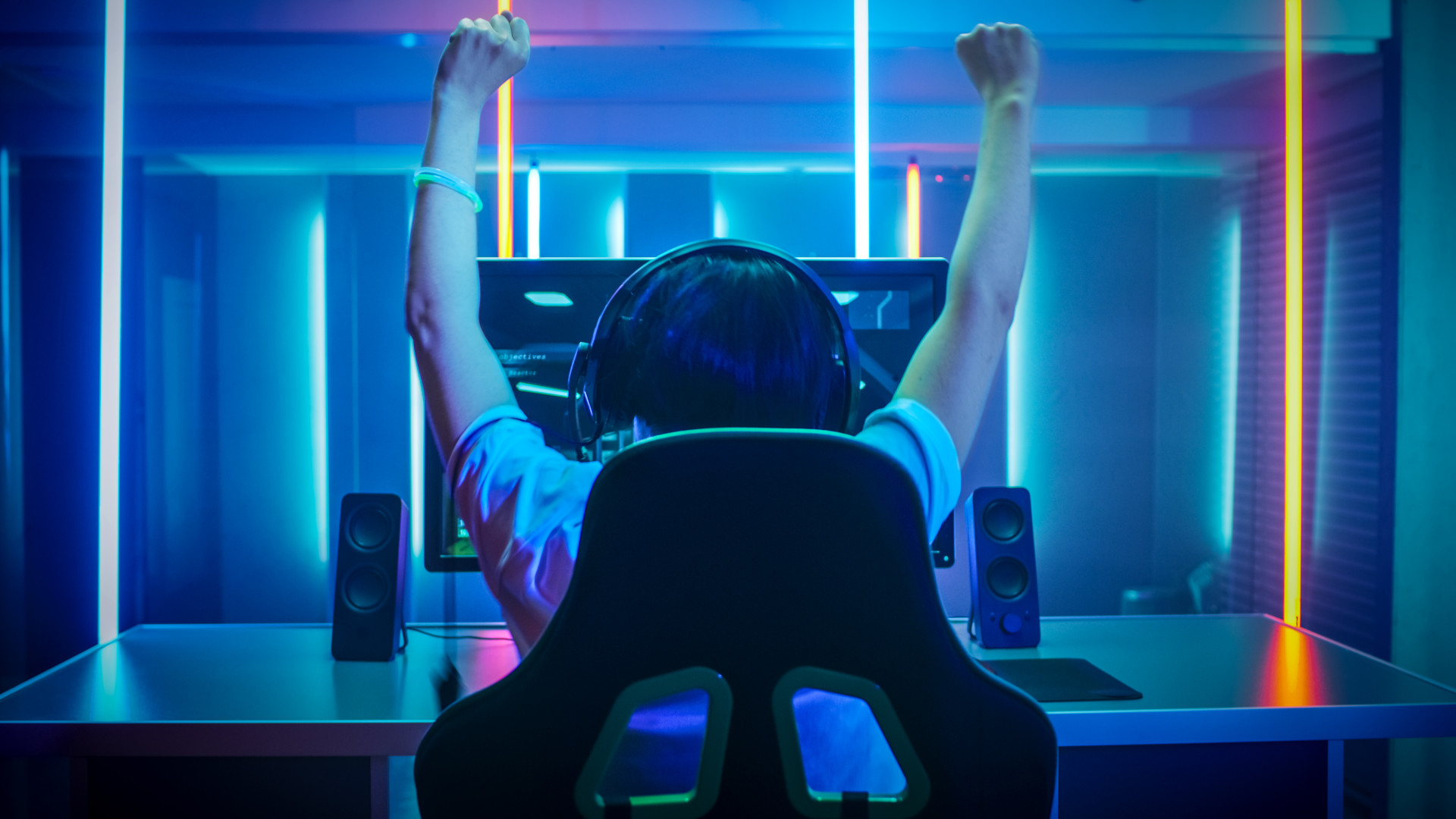The Linux community is attempting to revive these 20-year-old GPUs
New drivers coming for multiple cards

A bunch of almost 20-year-old graphics cards have received an open-source driver update, courtesy of developer Emma Anholt.
As reported by Tom's Hardware, the ATI Radeon R300, R400 and R500 are getting new drivers under Linux, allowing the GPUs to request NIR shaders from the Mesa 3D graphics library’s state tracker, and to use the NIR to TGSI path.
Due to hardware limitations, the NIR could be available only for the R500, but this is yet to be confirmed.
About time?
In effect, the news means the GPU will need less effort to run certain 3D applications.
However, it’s still a two decades old GPU, don’t expect it to run Cyberpunk 2077 on max details on your old Linux laptop any time soon. For older games, it’s probably going to be great, but for newer ones, don’t expect much of a difference.
Anholt expects the drivers to be released before the release of Mesa v 22.0.
Visible progress
The R300 GPU was first introduced in August 2002, and was the third generation of GPU used in Radeon graphics cards. It featured 3D acceleration powered by Direct3D 9.0 and Open GL 2.0 which was, at the time, a major improvement in both features and performance, compared to the R200.
Are you a pro? Subscribe to our newsletter
Sign up to the TechRadar Pro newsletter to get all the top news, opinion, features and guidance your business needs to succeed!
The R300 was also the first fully Direct3D 9-capable consumer graphics card chip, whose processors also included 2D GUI acceleration, video acceleration, as well as multiple display outputs.
The first cards to carry the R300 GPU were the Radeon 9700, forming the basis for ATI’s consumer and professional product lines for more than three years.
To illustrate how far we’ve come since then, today’s flagship cards can achieve more than 35 TFlops of performance, while flagships of old could only go as high as 83Gflops.
- You might also want to check out the best Linux distros for business users here
Sead is a seasoned freelance journalist based in Sarajevo, Bosnia and Herzegovina. He writes about IT (cloud, IoT, 5G, VPN) and cybersecurity (ransomware, data breaches, laws and regulations). In his career, spanning more than a decade, he’s written for numerous media outlets, including Al Jazeera Balkans. He’s also held several modules on content writing for Represent Communications.